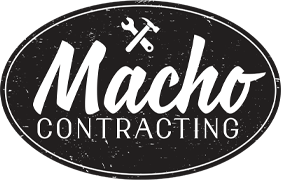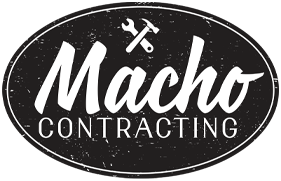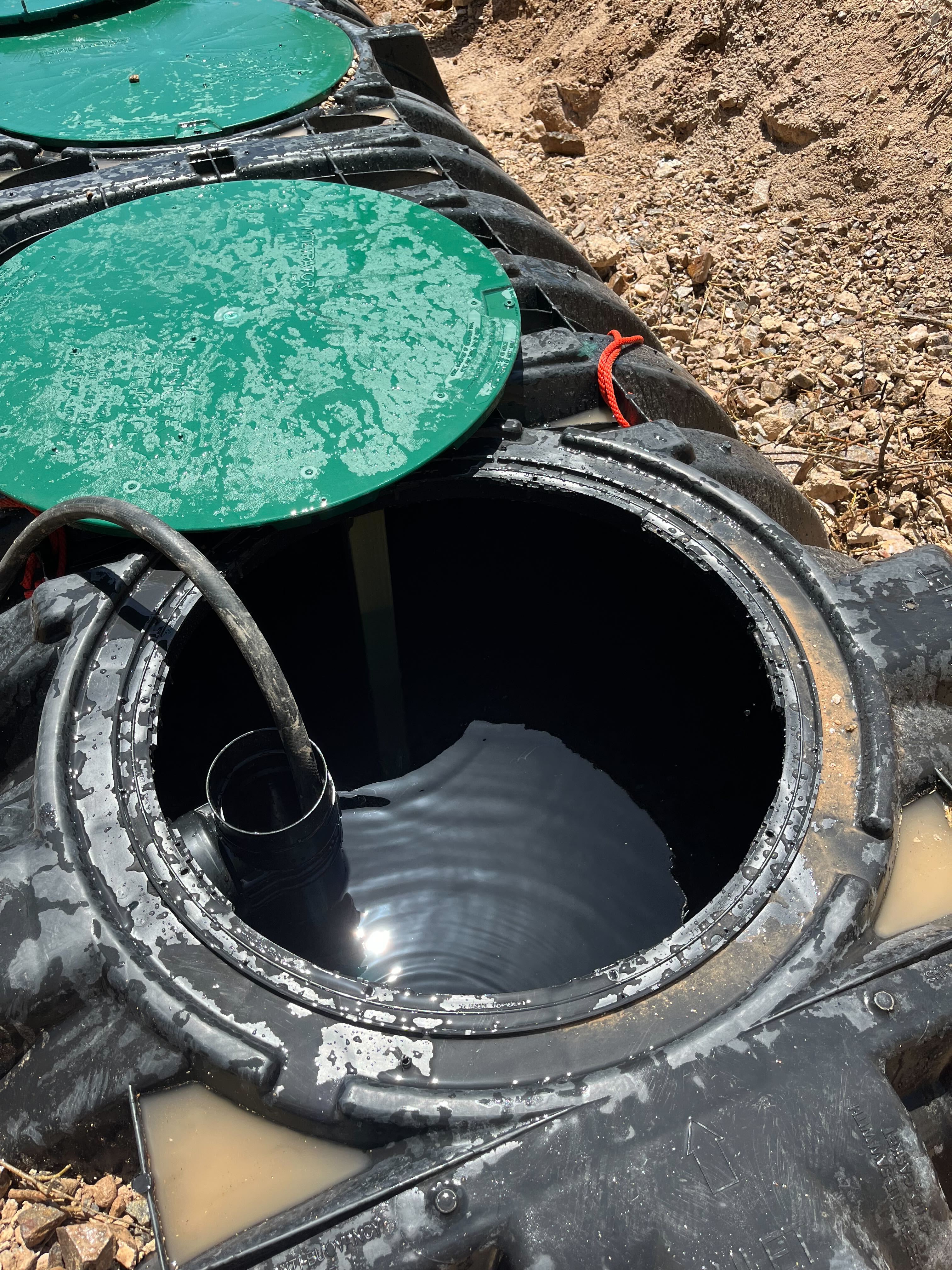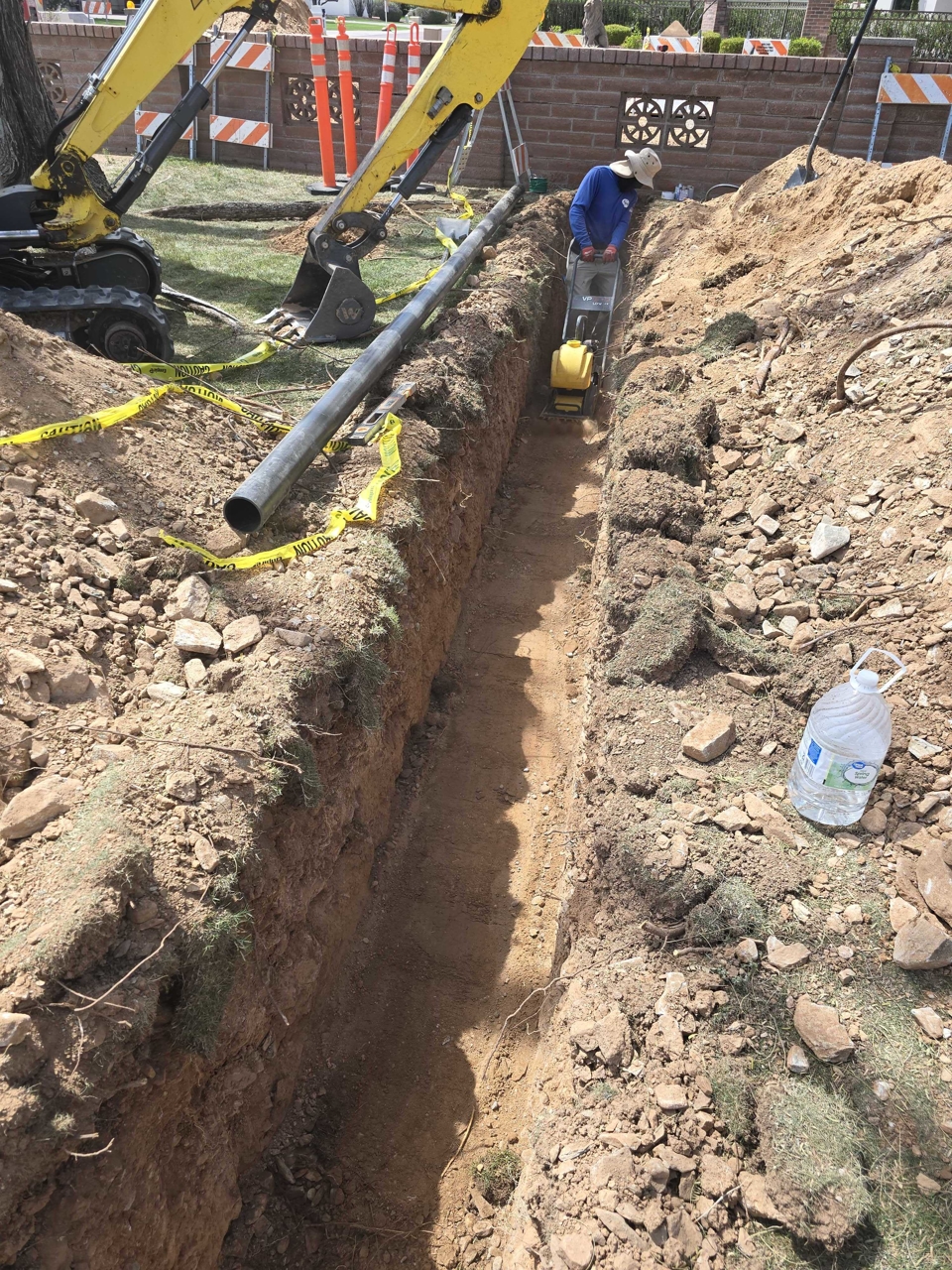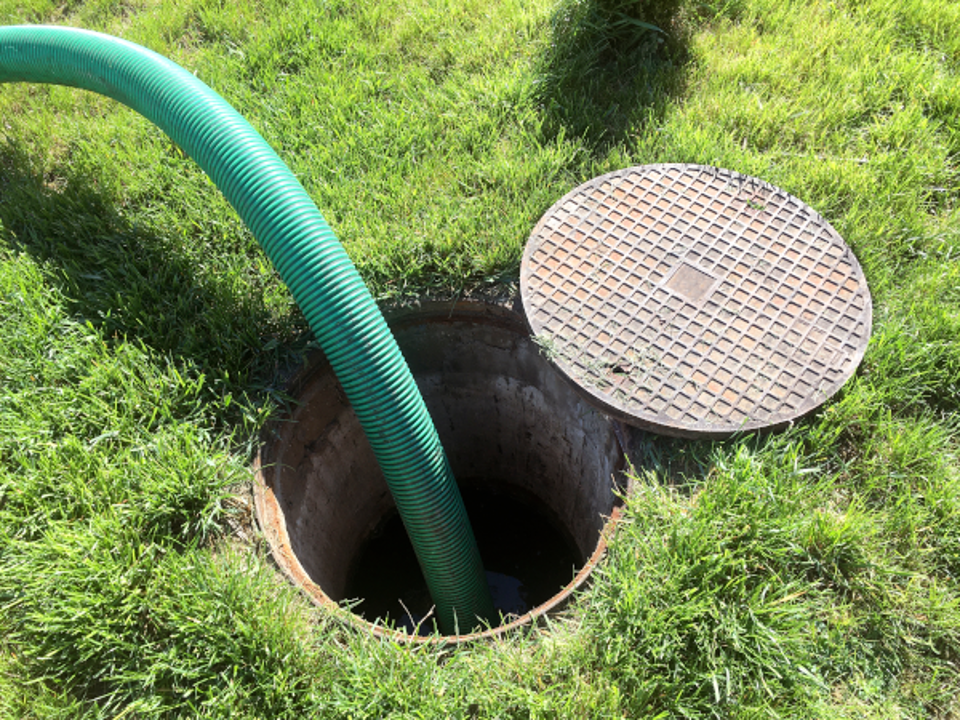When it comes to home maintenance, we often focus on things like heating, cooling, and cleaning systems. However, one crucial element of your home that is often overlooked is the plumbing and septic system. These systems work hand-in-hand to ensure wastewater flows efficiently away from your home. While they may seem like separate entities, there’s a strong connection between your home’s plumbing and its septic system. Understanding this relationship can help you keep both systems functioning smoothly and avoid costly repairs down the road.
What is a Septic System?
A septic system is an underground wastewater treatment system commonly used in homes that are not connected to a public sewer system. It treats and disposes of wastewater from toilets, sinks, showers, washing machines, and other plumbing fixtures in your home.
The system consists of a septic tank and a drain field. Wastewater from your home flows into the septic tank, where solids and liquids are separated. The solids settle to the bottom, while the liquid (called effluent) flows into the drain field, where it is filtered and absorbed into the soil.
The Role of Your Home’s Plumbing
Your home’s plumbing system is responsible for transporting wastewater from your sinks, toilets, showers, and other fixtures to your septic system. It includes pipes, drains, and other components designed to channel wastewater away from the house and into the septic tank. Your plumbing must function properly for the septic system to work efficiently.
If there are issues with your home’s plumbing, such as clogged pipes or leaks, it can directly impact the function of your septic system. That’s why it’s important to keep both systems well-maintained and working together.
How the Plumbing and Septic System Work Together
The relationship between your plumbing and septic system can be broken down into a few basic steps:
1. Wastewater Flows from Fixtures to the Septic Tank:
Every time you flush a toilet, take a shower, or wash your dishes, wastewater flows through your plumbing pipes and drains. The pipes are designed to move the wastewater from your home to the septic tank.
2. Septic Tank Treatment:
Once wastewater reaches the septic tank, it is separated into three layers: solids, liquids, and scum. The solids settle at the bottom of the tank, while the scum (grease and oil) rises to the top. The liquid effluent flows out of the tank and into the drain field.
3. Drain Field Filtration:
The effluent from the septic tank flows into the drain field, where the soil acts as a natural filter. Bacteria in the soil further break down the remaining waste, cleaning the effluent before it is absorbed back into the earth.
Common Plumbing Problems That Affect the Septic System
While your septic system is designed to process wastewater efficiently, issues with your home’s plumbing can lead to problems. Here are a few plumbing problems that can directly impact the septic system:
1. Clogs in the Plumbing:
Clogs in your plumbing can prevent wastewater from flowing properly to the septic tank, causing backups in sinks, tubs, or toilets. In some cases, a severe clog can cause wastewater to overflow, damaging both the plumbing and the septic system.
Tip: Avoid flushing non-biodegradable items (e.g., paper towels, feminine hygiene products, and wipes) down the toilet, as they can cause clogs in your pipes and septic tank.
2. Leaky Pipes:
Leaky pipes inside your home or in the yard can lead to excess water entering the septic tank. This additional water can overwhelm the system and lead to inefficiencies or system failure. Leaks can also cause the septic tank to fill up faster than it should, resulting in backups or a tank that requires frequent pumping.
3. Tree Root Infiltration:
Tree roots can infiltrate your plumbing pipes and septic system, especially if the pipes are cracked or old. Roots can block pipes or cause leaks, leading to wastewater backups. In addition, tree roots may disrupt the septic tank and drain field, preventing proper drainage and filtration.
4. Excessive Water Use:
High water usage in the home can overload your septic system. Things like taking long showers, running multiple appliances simultaneously, or having several people using water at once can send too much water into the septic tank at once, overwhelming the system’s ability to treat it.
Tip: Be mindful of water usage and spread out water-intensive activities throughout the day to avoid overloading the septic system.
How to Keep Your Septic System and Plumbing in Good Shape
To ensure the best performance of both your plumbing and septic system, regular maintenance and care are key. Here are some tips for keeping both systems running smoothly:
1. Schedule Regular Septic Tank Pumping:
Over time, solid waste builds up in your septic tank, requiring it to be pumped out regularly. The frequency of pumping depends on the size of your tank and the number of people in your household, but generally, it’s recommended every 3 to 5 years.
2. Inspect Plumbing Pipes for Leaks and Clogs:
Check your plumbing regularly for any signs of leaks, cracks, or clogs. Be sure to inspect pipes both inside and outside your home. Fixing leaks and clearing clogs promptly will prevent further damage to both your plumbing and septic system.
3. Install Septic Tank Risers:
If your septic tank is difficult to access, consider installing septic tank risers. These risers extend the access point of your septic tank to the ground level, making it easier for technicians to inspect and pump out your tank.
4. Limit Water Waste:
Reduce your water usage by fixing leaks, using water-saving appliances, and being mindful of water-intensive tasks. This will help avoid overloading the septic system and reduce wear and tear on your plumbing.
5. Proper Waste Disposal:
Only flush toilet paper and human waste down the toilet. Avoid flushing anything else, such as wipes, diapers, or grease, which can cause clogs and damage both your plumbing and septic system.
Conclusion
The plumbing and septic system in your home are interconnected, and taking care of both is essential for maintaining a healthy and functioning system. Regular maintenance, mindful water usage, and proper waste disposal can help ensure that both your plumbing and septic system continue to work efficiently. If you experience any issues, it’s always best to consult a professional plumber or septic technician who can help diagnose and fix problems before they escalate.
By understanding the relationship between these two systems and taking proactive measures, you can prevent costly repairs and ensure your home remains comfortable and functional for years to come.
